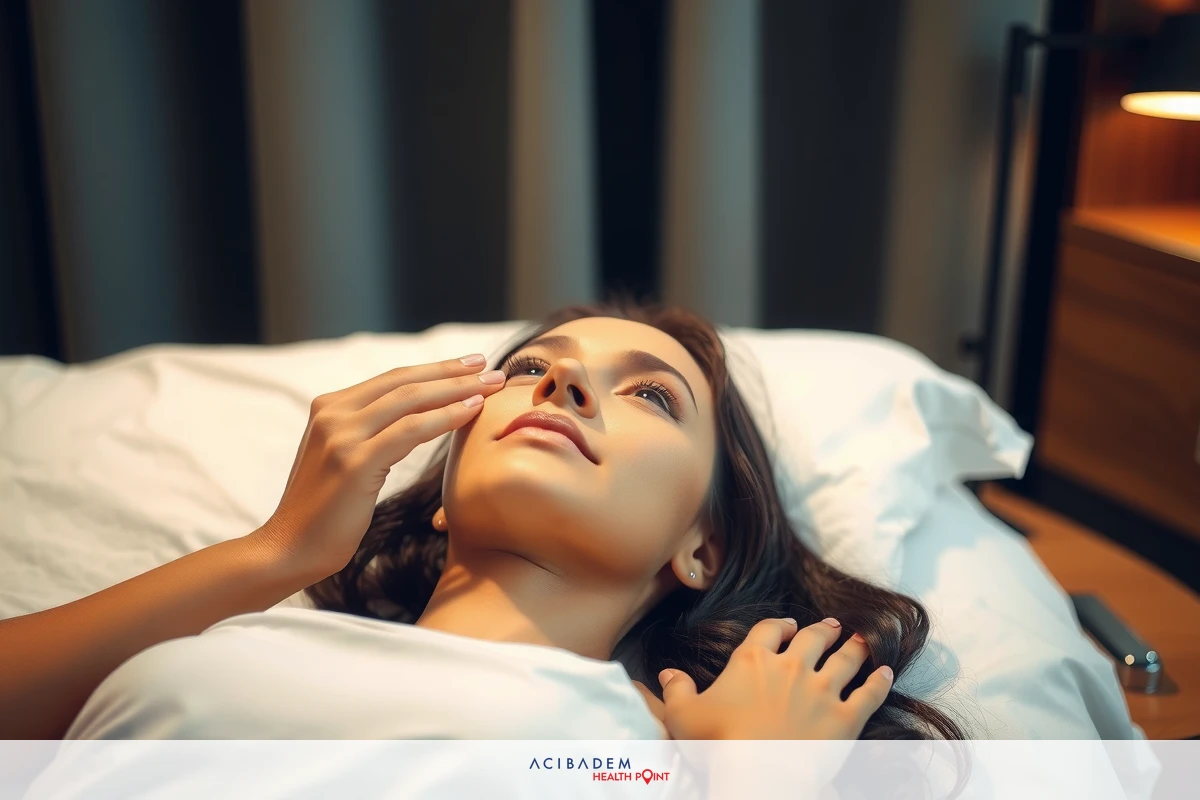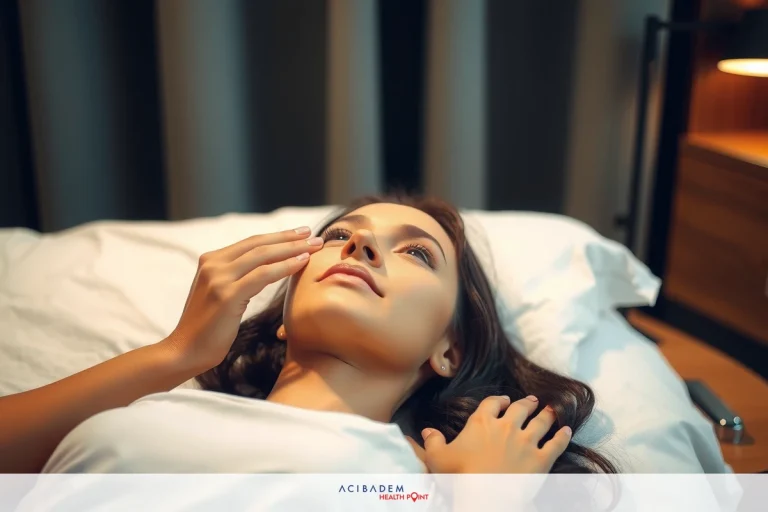How to Make Swelling Go Down Faster After Rhinoplasty
How to Make Swelling Go Down Faster After Rhinoplasty The journey of rhinoplasty, typically referred to as a nose job, doesn’t end when you leave the operating room. As your body initiates its healing process, swelling becomes an inevitable part of the recovery period. This inflammation may be noticeable and can sometimes cause discomfort or concern.
Various strategies can aid in managing this post-operative swelling effectively. From cold compresses that constrict blood vessels and reduce inflammation to elevating your head for improved blood circulation – each technique contributes to a smoother recovery phase. Moreover, gentle massage around the swollen areas might help stimulate lymphatic drainage further expediting reduction in swelling.
Cold Compresses
In the early stages post-rhinoplasty, swelling often emerges as a common side effect. It’s here that cold compresses can serve as an effective technique to expedite recovery and reduce inflammation. When applied strategically around the affected area — without directly touching the nose — these compresses work by constricting blood vessels, thereby decreasing fluid accumulation under your skin.
Cold compress therapy offers immediate relief from discomfort caused by swelling following rhinoplasty. However, it’s essential to remember not to apply ice or any extremely cold substance directly onto your skin; this could lead to superficial frostbite. Instead, wrap your chosen cold object in a thin cloth before gently placing it against swollen regions surrounding your nose.
The regular application of cold compresses can significantly contribute towards speeding up the healing process after rhinoplasty surgery. By effectively managing swelling in its initial phases with this simple yet efficient method, patients can expect a smoother road towards full recovery and enjoy their new look faster.
Elevation
Following rhinoplasty surgery, a slight shift in your resting position can significantly influence the recovery process. Specifically, adjusting your head elevation when lying down or sleeping is an effective technique to alleviate swelling faster. By keeping your head positioned above heart level, you promote better blood circulation and discourage fluid accumulation that could worsen inflammation.
Sleeping flat on your back isn’t advisable during the initial stages of post-rhinoplasty recovery. This horizontal position allows fluids to pool around the nasal area, thereby exacerbating swelling and potentially delaying healing. Instead, it’s recommended to use extra pillows or a recliner chair to maintain an inclined posture during rest periods.
Elevating one’s head while sleeping might be challenging for some but its benefits in rhinoplasty recovery are substantial. Aided by gravity, this simple change helps drain excess bodily fluids away from the face quicker thus reducing swelling more efficiently. As with any surgical procedure, adhering closely to these after-care instructions will yield optimal outcomes allowing individuals to appreciate their reshaped nose sooner.
Gentle Massage
The key to effective massage for rhinoplasty recovery lies in its execution — it should always be performed gently and carefully around the affected area without exerting pressure on the nose itself. It’s crucial to remember that your nasal tissues are healing during this period; hence harsh movements could disrupt their repair process. To ensure safety and efficacy, always consult your surgeon before attempting any massage techniques yourself.
Incorporating gentle massages into your daily routine may help expedite reduction in swelling following

rhinoplasty surgery. However, these massages must never replace professional medical advice or prescribed medication but rather serve as an adjunctive tool within a comprehensive aftercare regimen designed by healthcare professionals. By adhering strictly to this plan while employing helpful techniques such as cold compresses, elevation during rest periods, and soft massages when suitable – patients can pave their way towards swifter recovery from rhinoplasty.
How to Make Swelling Go Down Faster After Rhinoplasty: Frequently Asked Questions
Why should I elevate my head while sleeping post-rhinoplasty?
Elevating your head above heart level when sleeping promotes better blood circulation and reduces fluid accumulation in the facial area. This helps manage swelling more effectively during your recovery phase.
How long does swelling last after rhinoplasty?
Swelling after rhinoplasty is a normal part of the healing process and can vary among individuals. Typically, most noticeable swelling subsides within the first few weeks but minor residual swelling may persist for several months to a year.
Can cold compresses be applied directly onto my nose post-rhinoplasty?
No, it's recommended not to apply cold compresses or any pressure directly onto your nose following surgery as this might disrupt its healing process. Instead, you can apply them gently around swollen areas.
Are there any risks associated with performing gentle massages around my nose following surgery?
While gentle massage might assist in reducing swelling by stimulating lymphatic drainage, they must be performed cautiously without exerting pressure on the recovering nasal tissues. Always consult your surgeon before attempting these techniques











